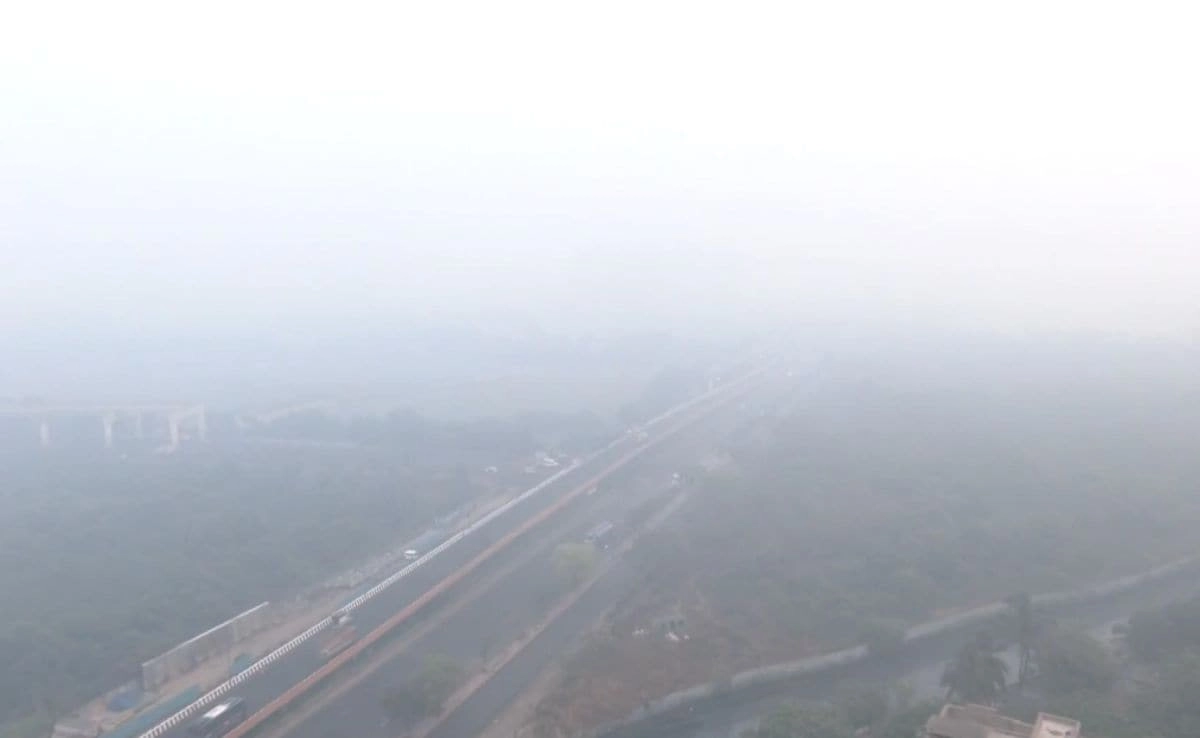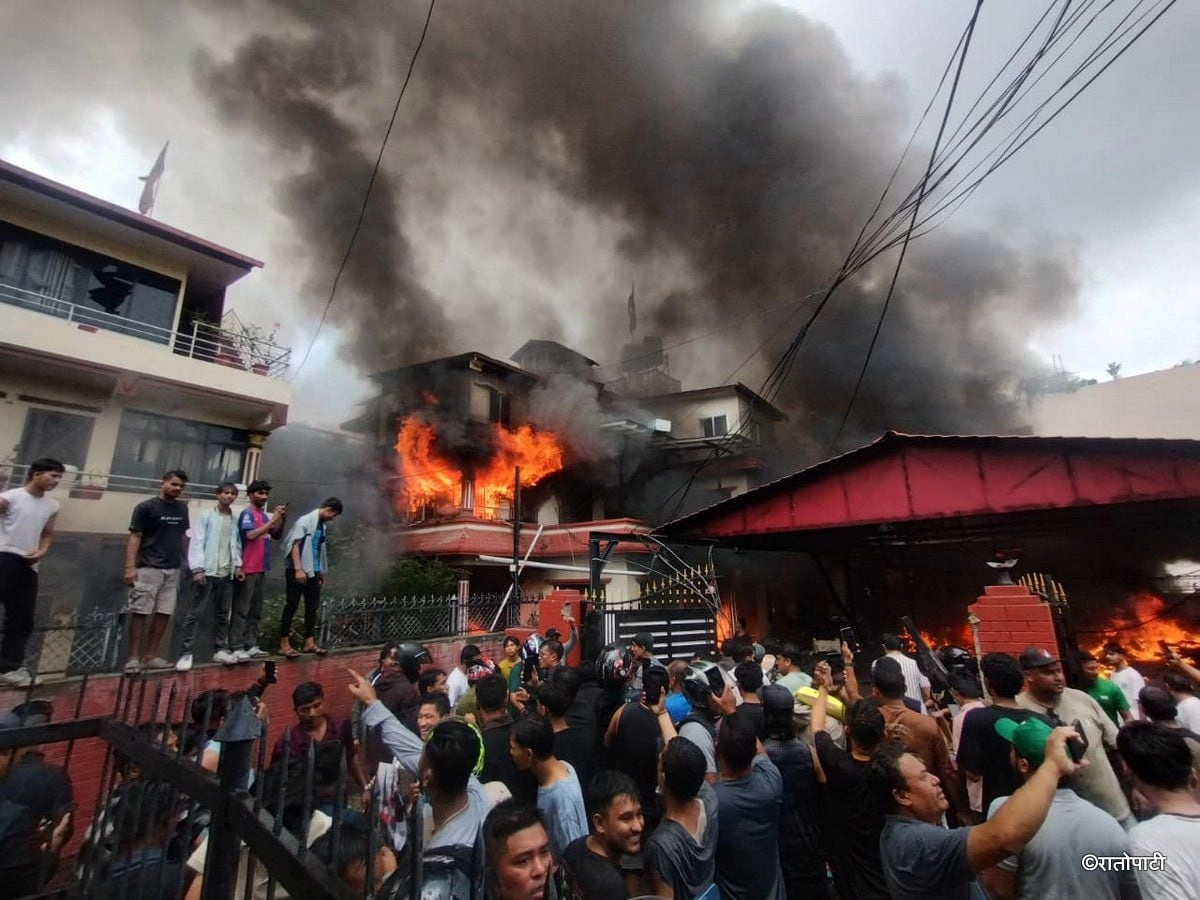In one of the world’s most polluted towns, Indian residents are grappling with severe health challenges, particularly respiratory issues and skin rashes. The alarming levels of air and environmental pollution have become a daily struggle for many, as toxic pollutants from various sources permeate the atmosphere. Industrial emissions, vehicle exhaust, and the burning of waste contribute significantly to the deteriorating air quality, exacerbating existing health conditions and leading to new ones. Residents often report persistent coughing, shortness of breath, and other respiratory ailments, which have become alarmingly common in this heavily polluted area.
The skin rashes that plague the population are equally concerning, with many individuals experiencing irritation and inflammation due to exposure to pollutants. These rashes not only cause physical discomfort but also affect the quality of life for those living in the affected areas. The lack of access to effective healthcare exacerbates these issues, as many residents cannot afford proper treatment or preventive measures. As a result, the community is left to cope with the consequences of pollution without adequate support or resources.
Efforts to combat pollution in this town have been met with challenges, as regulatory measures often fall short of addressing the root causes. Activists and health professionals have called for immediate action to improve air quality, including stricter emission regulations and increased public awareness regarding the dangers of pollution. However, progress remains slow, leaving residents to fend for themselves in an environment that poses significant health risks. The struggle against pollution is not merely a local issue; it reflects a broader systemic problem that requires urgent attention from both government authorities and the global community.
The plight of these residents underscores the urgent need for comprehensive policies aimed at reducing pollution and protecting public health. As awareness grows about the impact of environmental factors on health, there is hope that meaningful change can occur. The resilience of the community in the face of adversity is admirable, but without significant changes to address the underlying issues, the cycle of illness and environmental degradation is likely to continue. It is imperative for both local and national leaders to prioritize environmental health and work collaboratively towards creating a cleaner, safer living environment for all.




